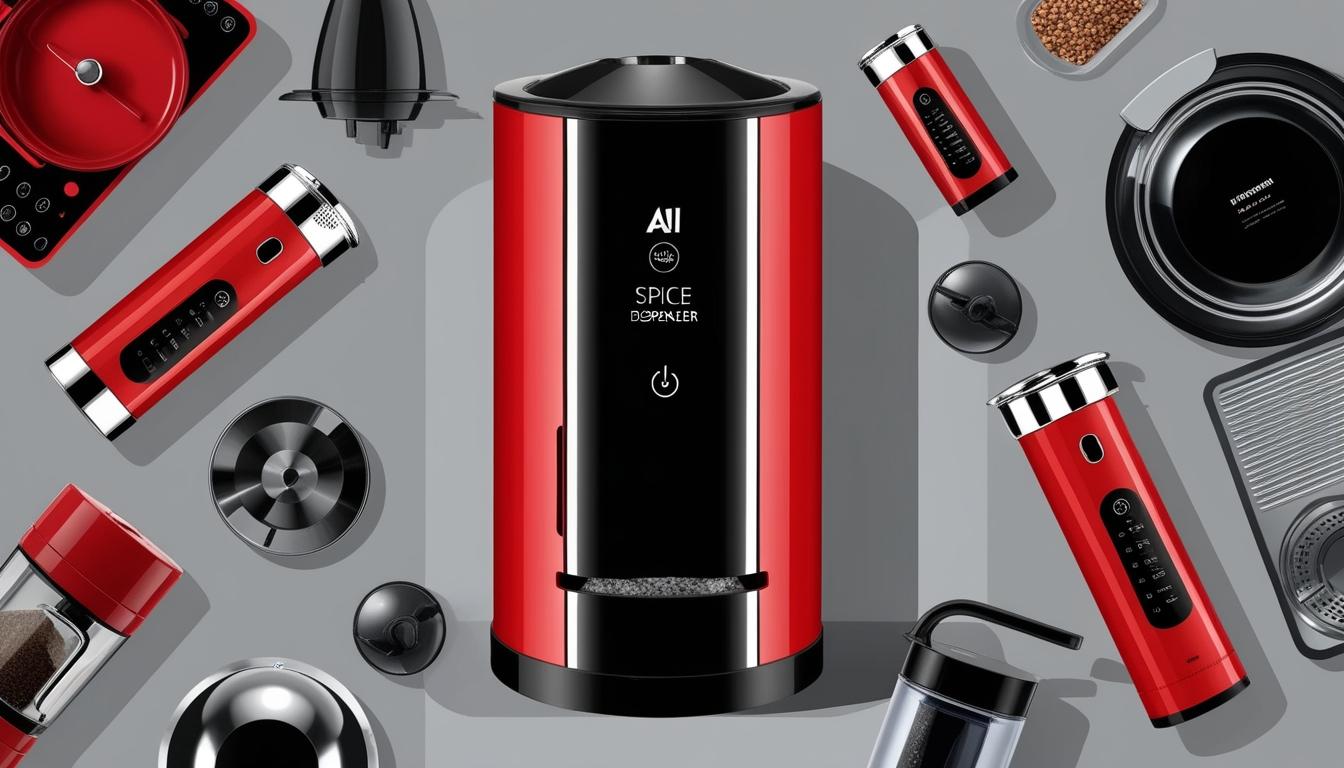The Consumer Electronics Show (CES) in 2025 has presented a landscape of AI-powered innovations that appear to blur the line between necessity and novelty. Despite extensive discussions and investments in artificial intelligence, many products showcased seem to raise questions about their practical applications and true consumer demand.
TechCrunch reports that among the standout AI products at CES were items like Spicerr, an “intelligent” spice dispenser. This device boasts touchscreen functionality and claims to learn individual cooking preferences to recommend unique recipes. However, its design features—incorporating proprietary capsules priced between $15 and $20 that cannot be refilled—prompt concerns regarding its practicality. Attendees wondered whether the market was truly in need of an AI-driven salt and pepper shaker.
Equally intriguing was Dreo’s ChefMaker 2, an AI-enhanced air fryer that incorporates a page-scanning feature to extract recipes from cookbooks. While this technology is arguably more sensible than that of Spicerr, the question persists: is there a substantial demand for a cooking appliance that scans books for recipes? Many attendees, including the author of the TechCrunch article, found this feature to be unnecessary.
The CES showcase also included Razer’s Project Ava, dubbed an “AI gaming copilot.” Ava is designed to assist gamers by analysing the on-screen action and providing real-time tips. The product has stirred controversy, as it allegedly utilises gaming guides for its training without acknowledging the authors. Some experts have pointed out that Ava’s slow response time and potential distractions may not make it an appealing option for serious gamers.
The broader implications of CES reveal a technology industry wrestling with the inflated expectations surrounding AI. In 2023 alone, AI companies in the United States amassed $97 billion in funding, an amount substantial enough to purchase multiple iconic products. However, as the showcase illustrated, many companies seem to be experimenting with AI applications in a bid to capitalise on this hype, often resulting in innovations that may not align with consumer needs or wants.
The report underscores that the landscape of AI is still fraught with challenges, as the technology frequently fails to deliver on its promises. Limitations of current AI capabilities were also highlighted, including errors from chatbots, inaccuracies in image generation, and blending of characters in AI-produced videos. The early 2025 CES thus presented a collage of inventive yet questionable AI products, encapsulating an industry in transition—seeking viable applications amid ongoing innovation.
Source: Noah Wire Services
